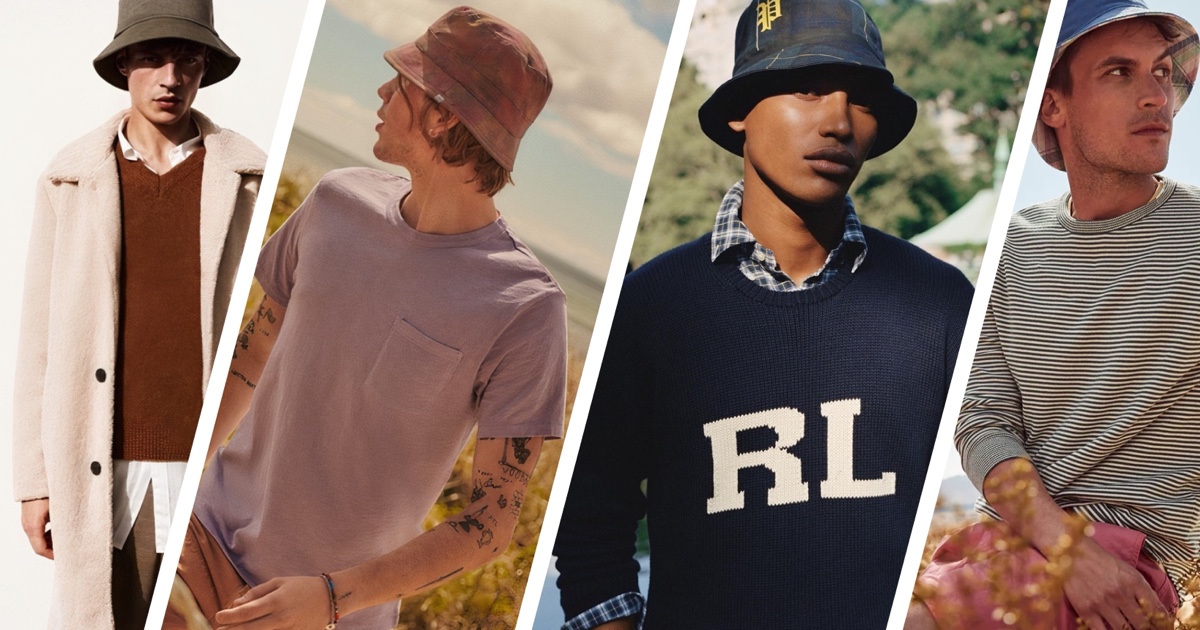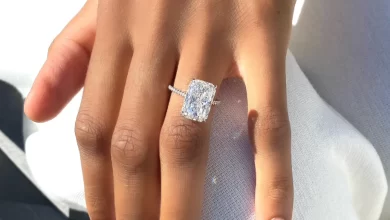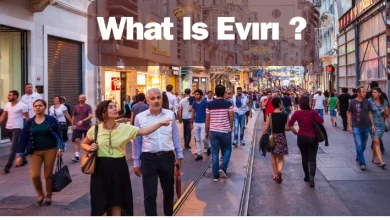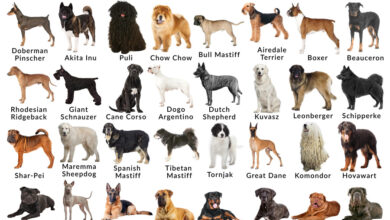
The Evolution of Bucket Hats: A Journey Through Trends and Styles
The world of fashion is ever-evolving, with trends that come and go and leave an indelible mark on the cultural landscape. One such accessory that has experienced a rollercoaster ride in popularity is the iconic bucket hat. From its humble beginnings as a functional piece of headwear to its status as a fashion statement, the bucket hat has seen it all. In this article, we will delve into the rise and fall of trends surrounding bucket hats, exploring their cultural significance and enduring appeal.
I. Origins and Functionality
The bucket hat has its roots in practicality rather than fashion. Originally designed for fishermen and farmers, it featured a downward-sloping brim that protected wearers from the elements. Its simple, utilitarian design made it a staple in workwear, shielding individuals from the sun and rain. Little did anyone know that this unassuming hat would later become a canvas for self-expression and a symbol of various subcultures.
II. The Rise to Popularity
In the 1960s and 1970s, the bucket hat transcended its utilitarian origins and began to make its mark in the world of fashion. Influenced by countercultural movements and the rise of streetwear, the bucket hat gained popularity among musicians, artists, and trendsetters. Icons like Bob Dylan and Gilligan from “Gilligan’s Island” helped propel the hat into the mainstream, marking the beginning of its ascent to a fashion must-have.
III. The 1990s Streetwear Revival
The 1990s saw a resurgence of interest in bucket hats, particularly within the burgeoning streetwear scene. Hip-hop artists and skateboarders embraced the hat, making it a defining element of their style. Brands like Kangol and Supreme played a pivotal role in popularizing the bucket hat during this era. Its casual and versatile nature made it a go-to accessory for those looking to make a bold fashion statement.
IV. High Fashion Adoption
As fashion constantly seeks inspiration from the past, the bucket hat experienced a renaissance in high fashion during the 2010s. Luxury brands began incorporating the hat into their collections, elevating it from its casual roots to a symbol of status and style. Fashion influencers and celebrities started donning designer bucket hats, further solidifying their place in the world of haute couture.
V. The Downfall and Resurgence
With every trend’s peak comes the inevitable decline, and the bucket hat was no exception. By the late 2010s, the hat had fallen out of favor, deemed by some as passé and associated with a bygone era. However, fashion is cyclical, and the bucket hat experienced a surprising resurgence in the 2020s. Influencers and Gen Z fashionistas embraced the hat’s retro charm, breathing new life into its appeal.
VI. Cultural Significance
Beyond its aesthetic appeal, the bucket hat has played a significant role in various subcultures. It has been a symbol of rebellion, counterculture, and self-expression. From the streets to the runways, the hat has bridged gaps between diverse communities, showcasing its ability to transcend societal boundaries.
Conclusion
The journey of the bucket hat from a humble workwear accessory to a fashion statement reflects the ever-changing nature of trends. Its cyclical rise and fall demonstrate the cultural impact fashion has on society. As we continue to witness the ebb and flow of styles, one thing remains certain: the bucket hat’s ability to adapt and endure, proving that true style is timeless.



